Great Reads in Photography: September 12, 2021
![]()
Every Sunday, we bring together a collection of easy-reading articles from analytical to how-to to photo features in no particular order that did not make our regular daily coverage. Enjoy!
9/11 – The Photographs From 20 Years Ago
Photographers Share Their 9/11 Story Twenty Years on – Amateur Photographer
Something that we are often taught in photojournalism school is the famous Robert Capa line, “If your pictures aren’t good enough, you aren’t close enough”. The police kept us a bit away from the scene and probably saved a lot of photographers’ lives that day, including mine.
I tried to make my way around the police barricades … toward the South Tower – when I heard a sharp sound, looked up, and saw the South Tower begin to collapse above me.
I made it a couple blocks before the tornado cloud of dust subsumed myself … Daylight turned to night … Manhattan had disappeared. One or two of the men said prayers. Somehow, after a while, the dust began to settle, and a bit of light started to filter through. We were alive. – photographer Mario Tama in Amateur Photographer
The 9/11 Photos We Will Never Forget – CNN
Chief Photographer to George W. Bush Reflects on 9/11 – ABC KXXV Texas
What Magnum’s Gilles Peress Saw on 9/11 – The New Yorker
Iconic 9/11 Photos and the Photographers Who Shot Them: Here Are Their Stories – Fox News
Photographer Stan Honda Who Took Iconic 9/11 Images Looks Back — YouTube
Photographer Connects with Subject he Photographed on Sept. 11 – ABC News
How a Digital Camera Proved to be a Life Saver for One Photographer
Photographer Shannon Stapleton [then a freelancer for Reuters] looked at the screen of his digital camera, the first he had owned — and, pleased with his pictures, decided to deliver them to his editor. Minutes later, after [he] left the area, the North Tower collapsed. Stapleton thinks that if he had been using his usual film instead of having the immediate confirmation of good digital images, he might have stayed on the scene and been there when the tower fell — and become another victim. From ABC News
9/11 Photographers Reveal Behind-the-Scenes Horror of Iconic Images – New York Post
That day we saw the best in humanity but also the worst in humanity – photographer Aristide Economopoulos in NY Post
I cried at night the first few nights [after 9/11]. You could smell death in the air. – photographer Patrick Andrade in NY Post
Two Hours in Time on 9/11 with Photographer Phil Penman – Huff Post
Who Is He? Photographer Hunts for His 9/11 ‘Guardian Angel’ – Daily Beast
I know seven people who are my guardian angels, but who was that last person?[there was one more] – photographer David Handschuh in the Daily Beast
Photographer Jennifer Brown’s View of 9/11 from Across the River – PBS News Hour Weekend
5 Photographers Reflect on Their Images of 9/11 — Artsy
I stood there weak in my knees. I literally knelt on the ground crying because it was so overwhelming to see the scope of the disaster, two hundred-story buildings collapsing… The images have never lost the persuasiveness and the immediacy of being there for me. — Joel Meyerowitz in Artsy
For me, and so many others, 9/11 did not end on that day. We have been living with it for 20 years. For a long time, I couldn’t speak about what happened, but by continuing to look at, share, and speak about my work and my experiences that day, I feel a sense of healing. — Gulnara Samoilova in Artsy
Remembering September 11th: Photos of What They Left Behind – feature shoot
Memories of a Post-Dispatch Photographer in New York City in the Aftermath of 9/11 – St. Louis Post-Dispatch
How Record Photographer Thomas Franklin Shot the Famous Flag Raising Photo – North Jersey
My wife, the photographer Rebecca Norris Webb — who has had little experience photographing conflict or violence — said she wanted to go with me. I balked. Shouldn’t she stay in Brooklyn, away from the chaos? Perhaps I shouldn’t even go…So, we chose to stay together and do one of the few things we know how to do — respond with a camera. — photographer Alex Webb, Magnum in BuzzFeed
Photographer, his Leg Lost, Seeks Answers from Paralympians — AP
“At times, I think I would give it all away — my life’s work, the prizes and recognition, including the Pulitzer I was awarded this year — just to walk on my own two legs again,” says AP photographer Emilio Morenatti. “But I also realize the role my disability has played in shaping who I am today.
“And I wonder: Can disability actually give us more than it has taken?
“I wanted to share these reflections with those soldiers wounded in combat, to speak amputee to amputee about the capabilities we have come to possess despite our disabilities. And so I crossed the United States to talk with five Paralympians.”
Miles Davis, Michael Caine, John Lennon … and Other Photographer David Bailey Wonders – in Pictures – The Guardian
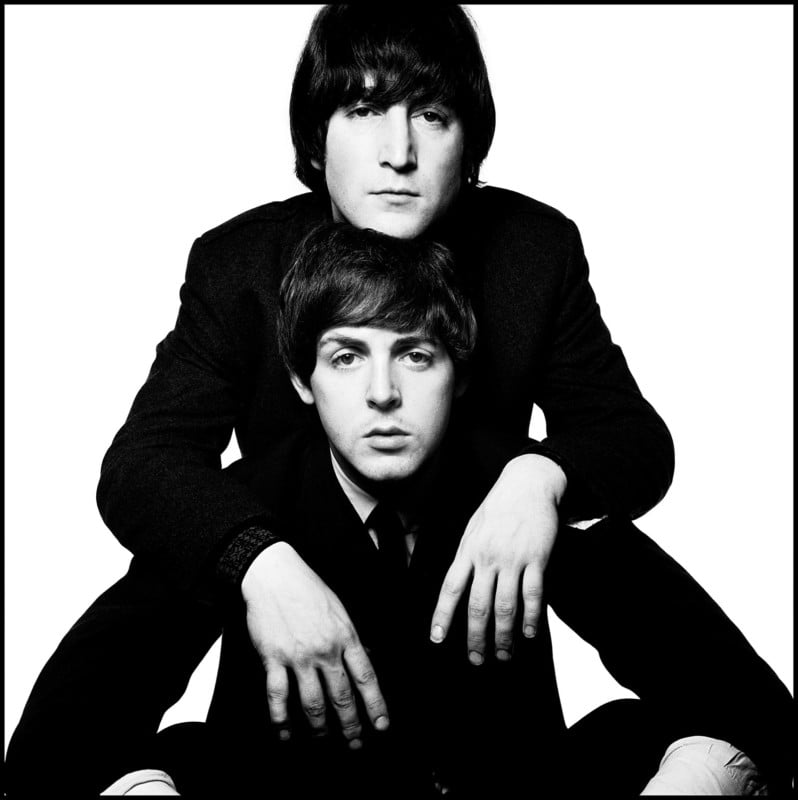
David Bailey (b. 1938) is a leading British fashion and portrait photographer who shot 800 pages of Vogue editorial in one year at the height of his productivity.
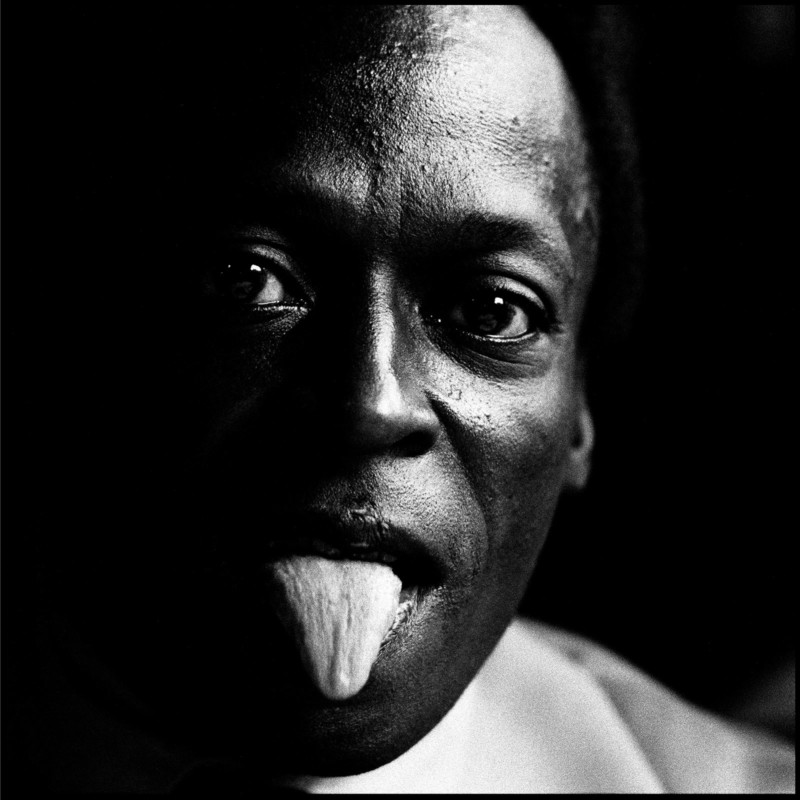
“Discarding the rules of a previous generation of portrait and fashion photographers, David Bailey channeled the energy of London’s newly informal street culture into his work,” writes The Guardian. “Bailey has produced some of the most famous photographic portraits of the last six decades.”
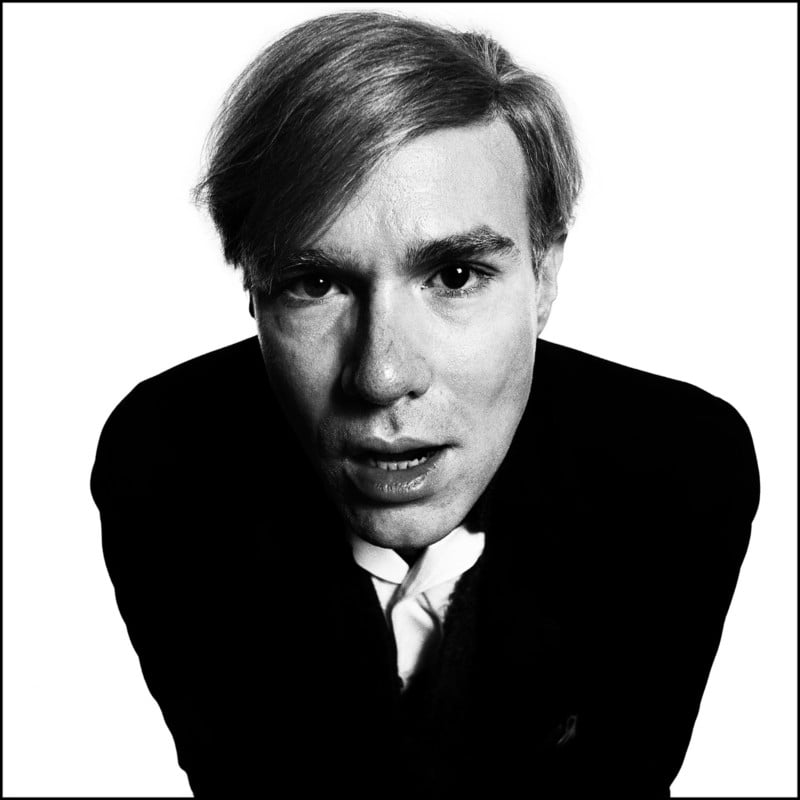
The 1966 classic film Blowup (1966), directed by Michelangelo Antonioni, depicts the life of a London fashion photographer who is played by David Hemmings, whose character was inspired by Bailey.
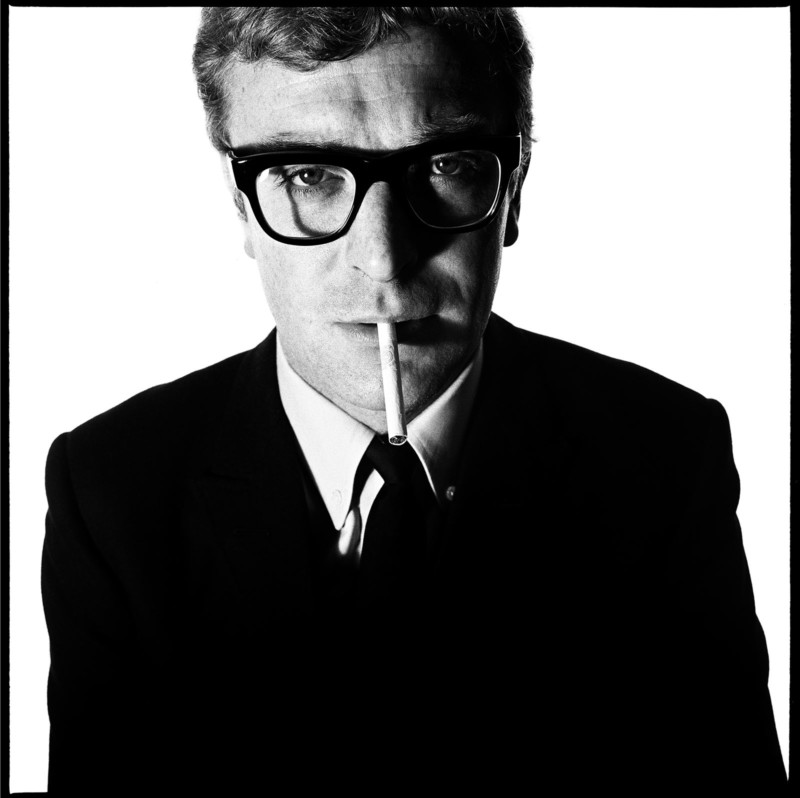
David Bailey, who last week told The Guardian that he has dementia, will exhibit images from his illustrious archive for the first time at Photo London presented by Imitate Modern this month. Bailey has selected some of his most recognizable portraits alongside beautiful work from his 80s fashion archive. Rarely seen images like the playful portrait of Miles Davis from 1969 will be shown alongside incredible black and white portraits including Andy Warhol, John Lennon & Paul McCartney and Michael Caine.
Jay-Z’s Right-of-Publicity Claims Survive Photographer’s Motion to Dismiss — Reuters
“U.S. District Judge Percy Anderson said he couldn’t find at this early stage of the case that Mannion’s use of Jay-Z’s image was protected by the First Amendment or that the claims were preempted by the Copyright Act, in an opinion entered Thursday.”
“Comparing the Rio 2016 Games to Tokyo, a lot changed. In Tokyo, we were reaching clients with coverage in as little as 30 seconds — and at times even 16 seconds.” Patrick Smith tells Insider. “That’s under a minute from the moment the picture is taken from our camera to it hitting our website, as well as clients and publications feeds.
“Throughout the Games, our team was using Canon robotic cameras in nearly every venue, which allowed photographers to create dynamic imagery from unique angles, such as underwater and on roofs via a computer in the Main Press Centre. We were able to have remote editors from all over the world handle our imagery in real-time as we worked on the ground.”
Roger Cicala: Imaging Before Photography, Part III — The Showman (Daguerre) and the Sheriff (Talbot) – DPreview
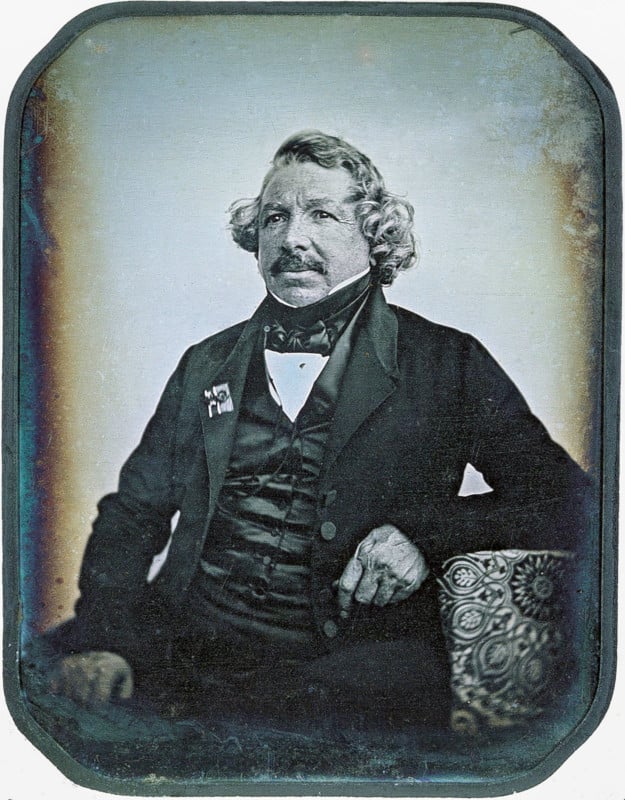
From Dr. Roger Cicala:
Daguerre continued on his own…almost [with] no knowledge of chemistry. He placed silver plates in iodine vapors, creating a film of light-sensitive silver iodide on the plate. Exposing the plate to light gave a faint image, although not one that was readily visible, even after ‘fixing’ the exposure in salt water.It is said he finally found the method of creating clear images by accident: one night, he left an exposed plate in his chemical cabinet. The next morning a bold, strong image had formed. Daguerre realized vapors from one of the chemicals had caused the improvement in his image and began testing them one by one. When all of his chemicals failed, he finally realized the agent that improved his images was mercury vapor from a broken thermometer.
By 1837, he was consistently making very clear photographs, what we now call Daguerreotypes. He exposed his light-sensitive silver iodide plates in a camera obscura for 4 to 10 minutes, and then the plate was removed, washed, and “developed” in a box containing mercury vapor. The mercury blended with the exposed silver iodide, creating a strong image. (There was no Environmental Protection Agency in those days, so you could do this kind of thing.) The plate was finally washed in salt water and then plain water to stop the developing process.
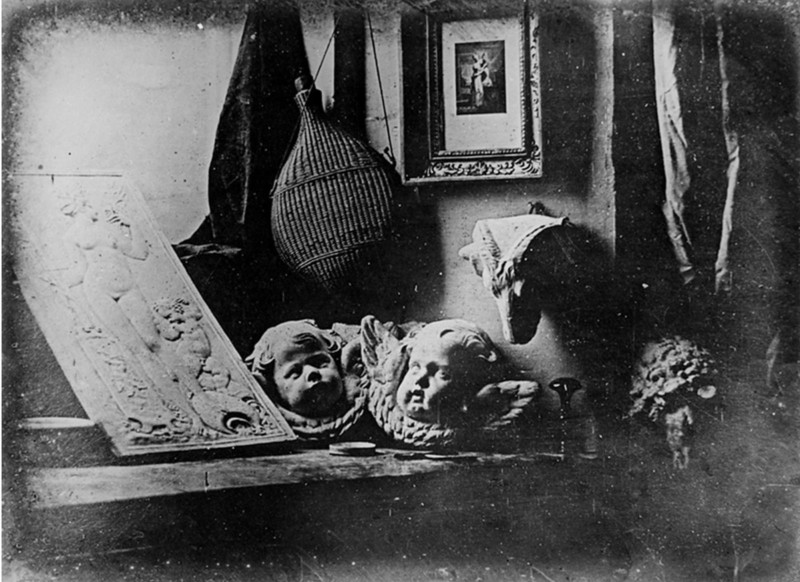
The New Black Vanguard at Rencontres de la Photographie d’Arles – True Africa
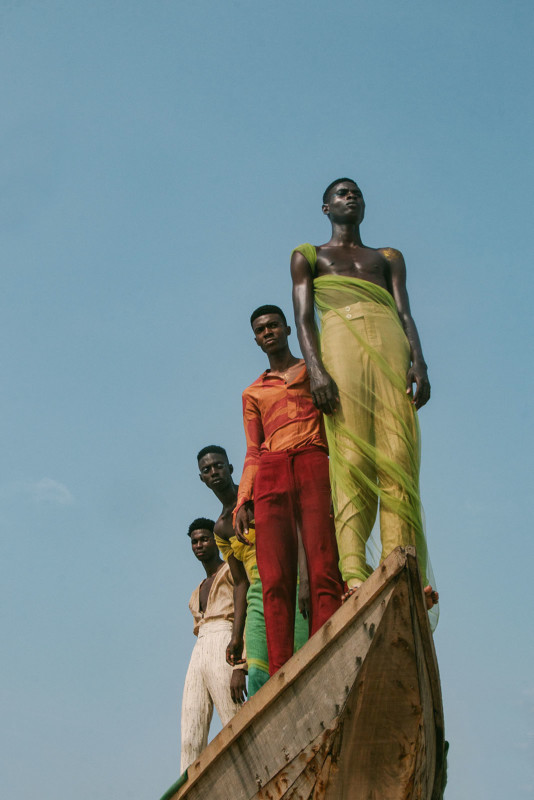
The Rencontres de la Photographie d’Arles is a photo festival in Arles, a city in Provence, France, that has been an annual occurrence since 1970 from early July to late September. In 2019 the festival saw 145,000 visitors, but in 2020 COVID caused a cancellation.
A highlight of the 2021 edition is The New Black Vanguard: Photography between Art and Fashion, curated by Antwaun Sargent, a director at Gagosian Gallery. He is emerging as one of the most influential curators of his generation.

If I hadn’t been posting my work on multiple platforms for years, I would never have had these opportunities. Every moment that I didn’t give in, pack up, and move back home has been critical to my success – photographer Dana Scruggs, quoted in The Guardian.
The show examines Black identity in photography. It is billed as presenting “artists whose vibrant portraits and conceptual images fuse the genres of art and fashion photography in ways that break down long-established boundaries.”
Meet Belize’s Secluded Mennonites, a Community Frozen in Time – CNN Style
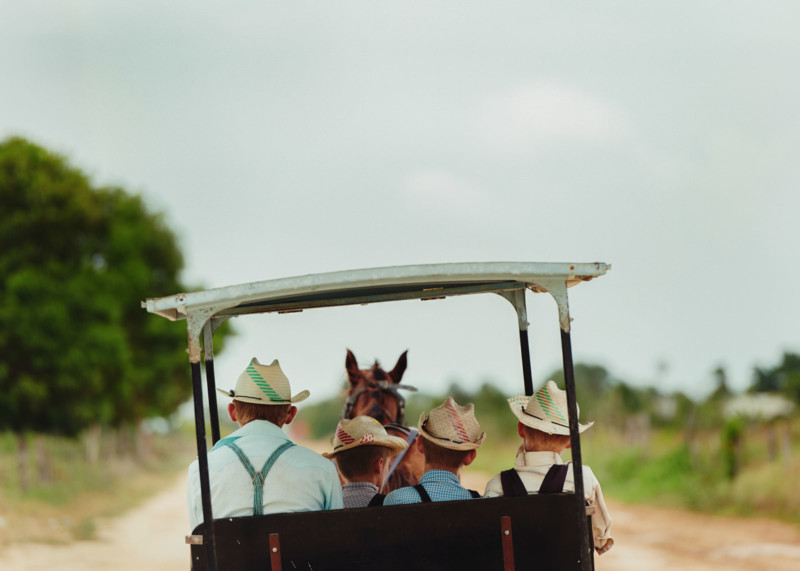
Photographer Jake Michaels spent time with the Mennonites in Belize. Their lifestyle is a world frozen in time with families living by lamplight and men in straw hats riding horse-drawn carriages.
“A lot of time was spent without a camera in my hands. It was more about interacting, socializing, and getting to know people before (the photography) even happens,” Michaels tells CNN.
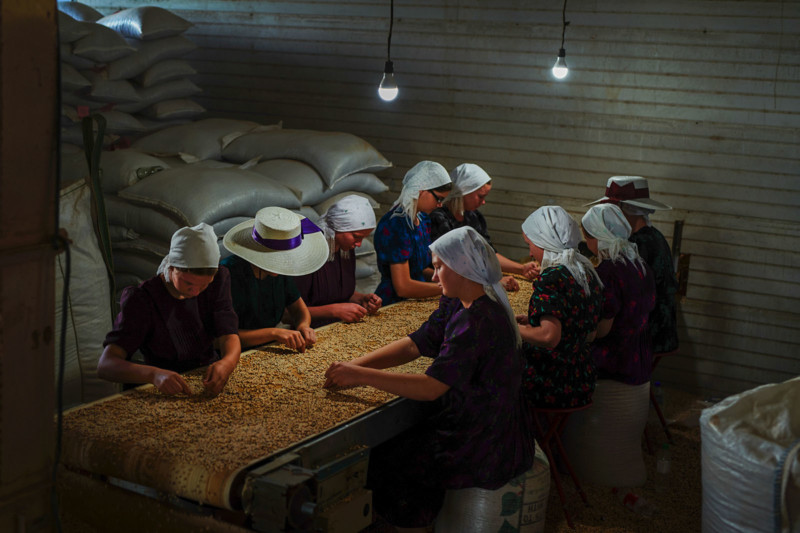
Migrating from Switzerland and the Netherlands in 1790 to Prussia, south Russia, Canada, the United States of America, and Mexico, a group of Mennonites finally settled in Belize in 1958.

With their tradition of farming, the Mennonites have been practicing agriculture for generations. They grow a large variety of crops and are also involved in cattle, dairy products, poultry, and feed farming.
c.1950, is published by Setanta Books.
If You Love College Football, You Should Follow These Photographers on Instagram — BuzzFeed
“When I joined The Daily Texan as a staff photographer in my first semester of college, I had no photo experience,” photographer Angela Wang tells BuzzFeed. “Before I knew it, I was the photo editor of The Texan’s weekly football publication, Double Coverage.
“Sports photography is surprisingly physical! On football game days, I’m usually carrying 15-plus pounds of gear on me while running up and down the sidelines with the action.”
Professional Photographer has Been Using a More Than 100-Year-Old Camera – Yahoo
Tikam Chand Pahari is a professional street photographer and also a tourist attraction. He operates in the Indian city of Jaipur in Rajasthan, a city frequented by foreign tourists.
Pahari’s CLAIMS, his grandfather (or great grandfather), started the business 150 years ago, and since then, many generations of the same family of photographers have been using the same camera to capture street portraits.
The camera has been patched and fixed over a hundred times but is still going strong and produces a B&W photo in under 5 minutes and is probably very similar to the Afghan photographer’s camera we featured last year.
Read also: This Afghan Photographer’s Camera is 100 Years Old
The Olympus Trip 35, the First Cult Compact – Kosmo Foto
The Olympus Trip 35 was launched in 1967, and by 1984 10 million units had been manufactured. It was a compact, rugged, metal construction and the “trip” in its name suggested it was meant for travel and holiday use. It even featured an advertising campaign that featured popular British photographer David Bailey (see his work above).
Its large selenium cell array on the front of the lens meant auto exposure without batteries, and if a good exposure could not be achieved, the shutter would not click, thus saving the user from wasted film.
Why People Think this Photo of JFK’s Killer is Fake — Vox
“Lee Harvey Oswald was murdered two days after he was arrested for assassinating US President John F. Kennedy,” writes Vox. “But before Oswald died, he claimed that a damning piece of evidence against him — a photo showing Oswald holding the rifle that killed the president — was fake. In fact, he said his face was superimposed onto another person’s body to set him up.”
“The shadows in the photo seem inconsistent, and Oswald’s crooked stance under the weight of the rifle looks like he is about to tip over. Plus, his face doesn’t look the same as it does in his mug shot.”
Photo of the Week
Quiz of the Week
1.) The Sony a1 and the GFX 50S II both have sensors that are approximately 50 megapixels. However, the Fujifilm GRX 50S II is a much larger sensor. How much larger is it?
2.) Who was the first Black person (and woman) to photograph the cover of Rolling Stone Magazine in its 50-year history?
3.) How many Hasselblad Cameras are there on the surface of the Moon?
a.) 1
b.) 12
c.) 23
4.) Which camera used the world’s first back-illuminated full frame CMOS sensor? Hint: It had a 42 megapixel sensor.
5.) Which is the fastest wide angle full frame lens?
Answers
1.) 1.7x larger. The Sony a1 is 35 full frame at 36x24mm, whereas the Fujifilm GFX 50S II is medium format at 44 x 33mm. To put it in perspective, the Fujifilm is almost as high as the Sony is wide.
2.) Dana Scruggs, originally from the Southside of Chicago and now living and working in New York as a photographer and director for the past seven years.
3.) 12
4.) The Sony a7R II in 2015
5.) Laowa Argus 35mm f/0.95 FF
Why I Like This Photo – Linda Wisdom
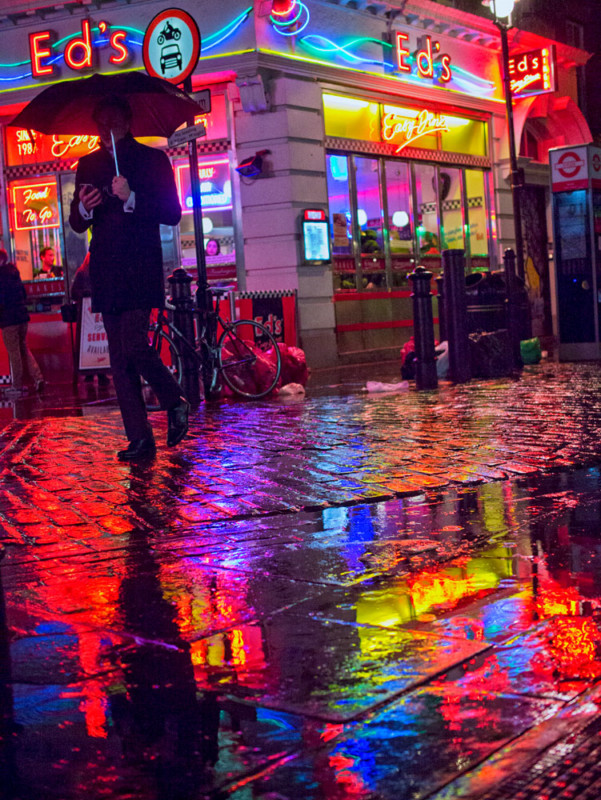
I like this photo because it is one of the rare streets in Soho, London, England, where the unique, neon lights of this American diner light up this reflective wet footpath and puddles into this vivid spectrum of colors on a rainy night.
I remember the day in 2016 well as it was absolutely pouring, but I wanted to make a photo of this scene before I ended my photo walk. The only way for me to frame the shot the way I wanted was to stand out in the rain and get drenched along with my camera kit. Luckily it didn’t take too long.
I waited for a suitable subject with an umbrella to add a human element to walk into the scene. I composed the man so that he was walking just off-center. Fortunately, he wore a dark suit to give a nice dark, contrasty silhouette to the colorful scene.
Being a night scene with many vivid lights and colors, I wanted to get as best light balance as possible so that the light areas did not get completely blown out, nor the opposing areas too dark.
The challenge was standing in heavy rain, waiting for the right person to come along, while also composing the shot and executing it the best I could under the weather conditions. As I was used to shooting after dark in the city, I already knew what my kit was capable of in challenging weather and light conditions. I knew if I was patient that I could make a photo that I would be happy with.
I used a Panasonic Lumix DMC-G3 [in 2011, when it was announced, the world’s smallest and lightest system camera with a viewfinder], which is a Micro Four Thirds Interchangeable Lens Camera, with an Olympus M.Zuiko 25mm, f1.8 prime, which was wide enough for the shot.
Linda Wisdom is a professional photographer and artist based in London, England, specializing in fine art street, urban and lifestyle photography. Wisdom has been featured in many magazines, including Amateur Photographer and Digital Camera. Wisdom was the first-ever street photographer asked by Airbnb to become an “Experience Host” when they launched their original concept in the summer of 2016. She worked with them to host guests from all over the world who visited London and wanted a street photography experience with a professional photographer.
Quote of the Week – Richard Drew
I didn’t take the picture; the camera took the picture.* — Richard Drew
* At 3:26 min in the video above, Drew (b.1946) refers to the photo of The Falling Man, an image captured by him of a man falling from the World Trade Center during the September 11 attacks in New York City.
Richard Drew has worked with AP for 51 years. He was one of four press photographers present at the assassination of Robert F. Kennedy. His photo of Ross Perot bursting into the 1992 presidential race helped AP win a Pulitzer.
Read also: Photographer Behind’ The Falling Man’ Looks Back on His 9/11 Photo
To see an archive of past issues of Great Reads in Photography, click here.
We welcome comments as well as suggestions. As we cannot possibly cover each and every source, if you see something interesting in your reading or local newspaper anywhere in the world, kindly forward the link to us here. ALL messages will be personally acknowledged.
About the author: Phil Mistry is a photographer and teacher based in Atlanta, GA. He started one of the first digital camera classes in New York City at The International Center of Photography in the 90s. He was the director and teacher for Sony/Popular Photography magazine’s Digital Days Workshops. You can reach him via email here.
Image credits: All photographs as credited and used with permission from the photographers or agencies. Portions of header photo via Depositphotos,Olympus Trip 35 photo by Marc Lacoste, CC BY 2.5 via Wikimedia Commons, Still Life with Plaster Casts. Louis Daguerre, 1837. Public domain, via Wikimedia Commons